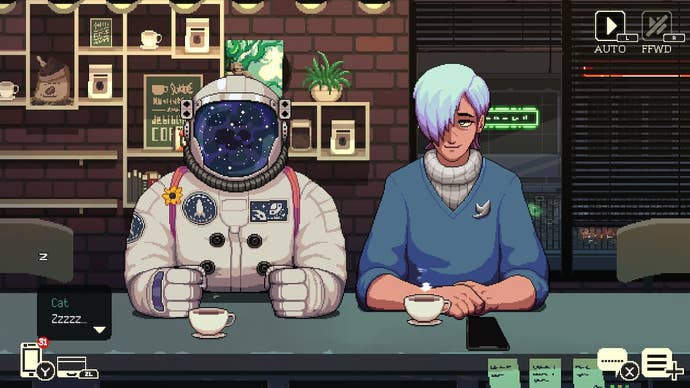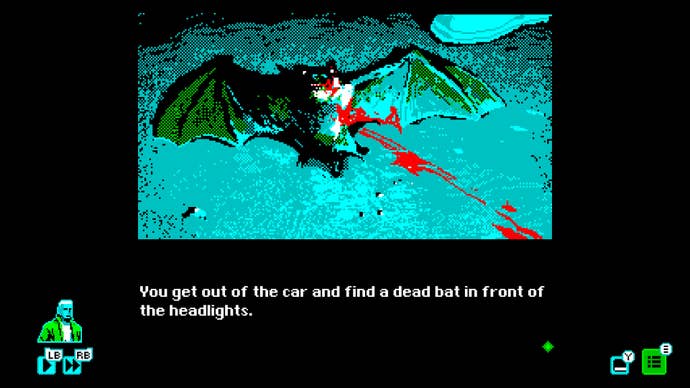If you’ve visited Steam in the last decade, you’re likely already acquainted with visual novels.
It raises the question, after forty years of visual novels, why now?
What’s making visual novels so popular with developers and players alike?

It’s a question for which even those that make them don’t have a simple answer.
Toge’s journey into visual novels started in 2020 with the release ofCoffee Talk.
Created by the late Mohammad Fahmi, it was a release with an exquisite sense of timing.

Three years on, Toge - as both developer and publisher - has several visual novels under its purview.
Including Coffee Talk’s recent sequel.
From a player’s perspective, visual novels offer an undemanding interactive experience.

“There is no urgency in a visual novel.
Like a book, each player can take as much time as they want to enjoy it.”
Whether we want to fill in the gaps with our own imagination is entirely up to us.

This is a way to play that other games try and fail to achieve.
For all this though, it’s perhaps incorrect to call visual novels a genre unto themselves.
Rather, they’re ways to better express existing genres in the form of pure narrative.

As a result of this, their potential appears endless as they branch into mainstream development.
We needn’t look far for examples.
The Persona series has employed visual novel elements for years alongside its role-playing gameplay.

In essence, visual novels represent everything the gaming industry is striving for.
Here are games that engage interactively, while also offering robust narratives that aren’t unbalanced by gameplay.
Games that set us on a path, but set us free to engage with them as we like.
Submerge is a good word, because visual novels are a trap like quicksand.
But a pleasant trap into which one willingly walks.
They’re a way to build our own stories in the peripheries of seemingly fixed narratives.